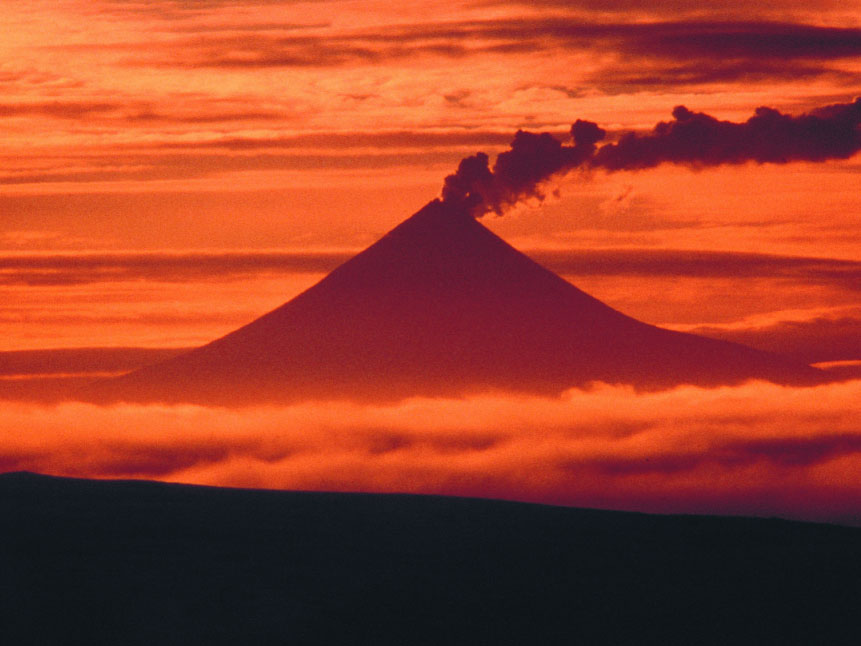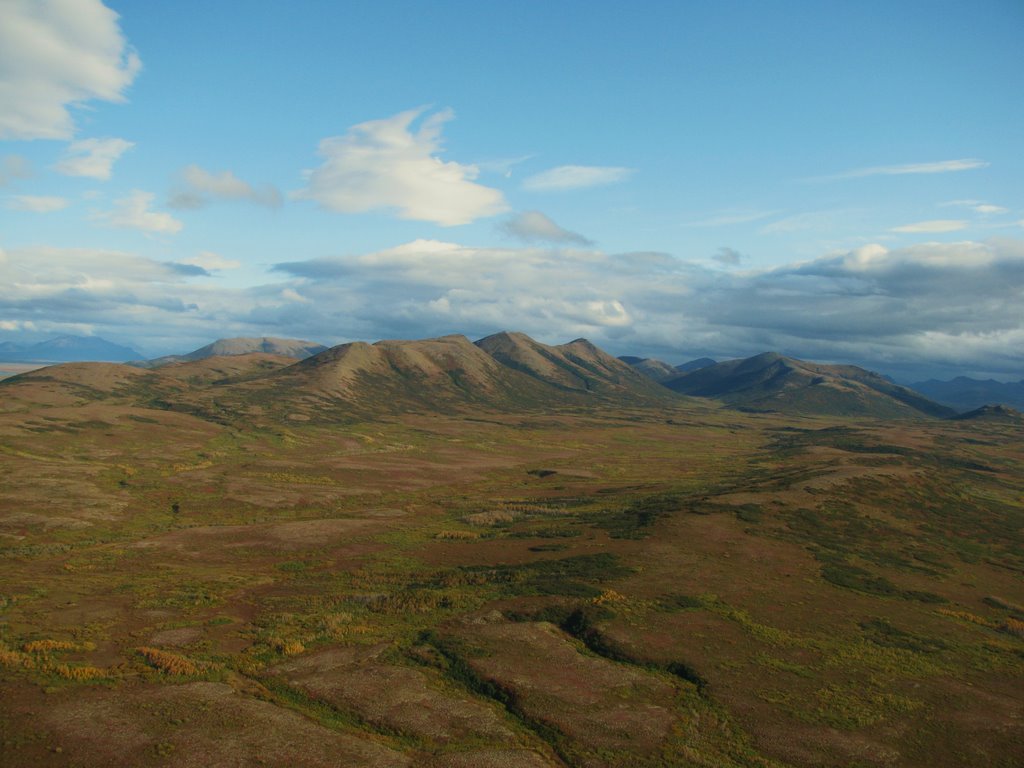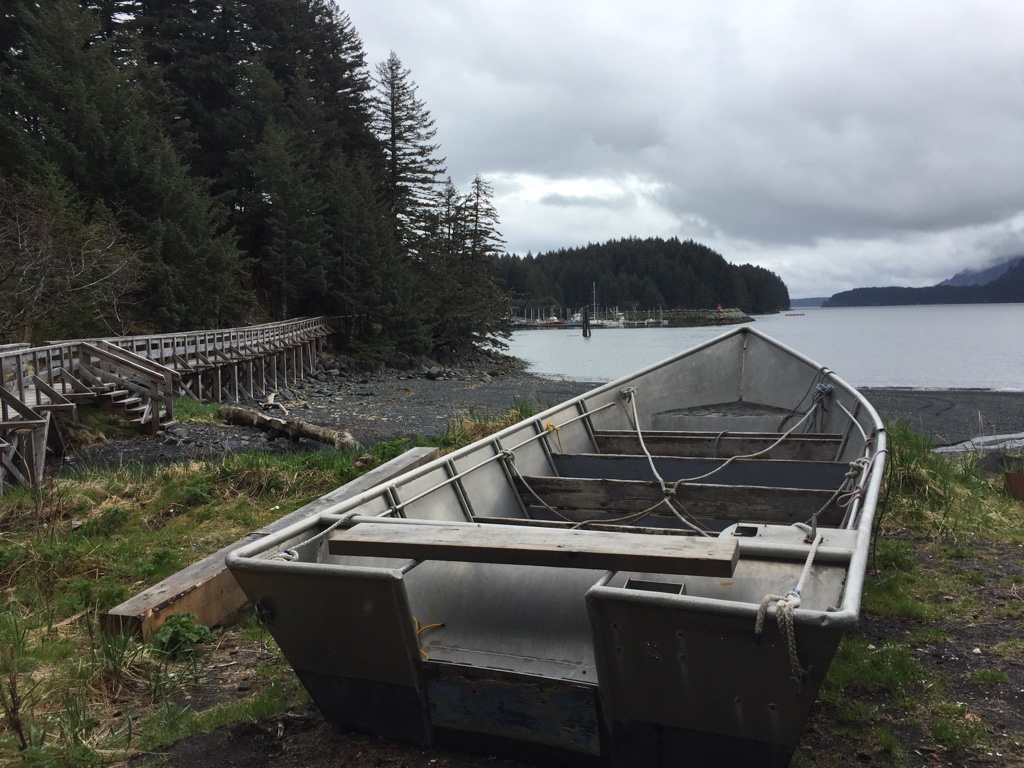A large portion of rural Alaska is faced with the challenge of developing and maintaining local and regional infrastructure. Southwest Alaska is no exception.
Reduced funding levels and rising construction costs are two significant barriers to providing quality infrastructure for the region. This hampers economic growth and development, affects quality of life, and impacts the ability of communities to provide basic services for residents.
Roads and bridges, docks and harbors, airstrips and the Alaska Marine Highway System — all of these components are essential for moving people and goods, and for spurring economic activity for the region. But the other crucial elements of infrastructure — communications, energy, water and sewer lines — are just as essential for achieving a reasonable standard of living.
This section explores the various segments of infrastructure and projects that currently make up Southwest Alaska, and what improvements lie on the horizon.




Public Schools
There are nine school districts in Southwest Alaska: four districts that correspond to the four incorporated boroughs, three Rural Education Attendance Areas as specified by the State of Alaska, and the school districts of the cities of Dillingham and Unalaska. Funding for public education in Southwest Alaska comes largely from the State of Alaska, averaging more than half of revenues for all districts in the region.
Post-secondary and Continuing Education
Although most communities in the region do not have local continuing education opportunities, distance delivery methods have extended the reach of educational institutions in the region. With University of Alaska branch campuses in Dillingham and Kodiak, a variety of post-secondary and continuing education options are available to the residents of Southwest Alaska. The Southwest Alaska Vocational & Education Center in King Salmon provides ongoing skill development and retraining services in several areas of potential employment for local residents, including skills in heavy equipment operation, the construction trades, energy development, and computer hardware.
In the city of Kodiak, the Kodiak Seafood and Marine Science Center works year-round to discover better methods to harvest, preserve, process, and package Alaska’s rich ocean bounty. It is adjacent to the Kodiak Fisheries Research Center, which facilitates research collaboration across agencies and disciplines.
Telephone
Several companies provide local telephone service to Southwest Alaska, and many local or long distance companies offer cellular services. As more bundled telecommunications services are offered, Alaskan households and businesses can choose from packages offering Internet, cellular service, special features and long distance plans that help bring down prices. The availability of wireless service continues to grow in rural Alaska. However, in some areas, geographical barriers limit its use. In some cases, it does not work at all.
Internet
Affordable bandwidth remains the greatest impediment to Internet service in rural areas. Local telephone providers report that the high cost and limited availability of satellite space results in charges that often exceed what potential customers could or would be willing to pay for Internet access. The telecommunications industry has been called upon to seek a solution and expand telecommunications and information services, including high-speed broadband Internet access, to rural communities.
Remote and rural regions of Alaska receive all communication (including phone, television, and Internet) over high-cost and high-latency satellite connections. In these remote areas, the lack of dependable high-speed connectivity limits the services and applications for hospitals, local health clinics, schools, and businesses. Residents in satellite-served regions of Alaska are unable to participate in today’s knowledge-based economy, or access global information resources, due to a lack of affordable and capable Internet access.
Interested in knowing more? Visit our Aleutian/Pribilof Islands Broadband Improvement Study page.
Transportation is a major driver of economic growth and activity. In the SWAMC region, sound transportation infrastructure provides for the movement of goods and services, aids with resource development, and encourages tourism. Because of the remoteness of many villages in Southwest Alaska, a large portion of the communities rely on air and marine transportation. A perpetual goal of the region is to improve ground transportation links. The advancement, diversification, and maintenance of transportation projects in Southwest Alaska is essential for the development of the region.
A primary focus of SWAMC is to expand the modal transportation network of the area. The Southwest Alaska Transportation Plan (SWATP) examines air, marine, and ground links between communities in the region, and is an approved component of the Statewide Transportation Improvement Plan (STIP). The STIP is a state document published by the Alaska Department of Transportation & Public Facilities (DOT). SWAMC was instrumental in providing public input throughout the planning process of the SWTP, and continues to advocate for the implementation and updating of the plan. SWAMC monitors the STIP, legislative action, and various funding agencies and opportunities to advance transportation projects in the region.

